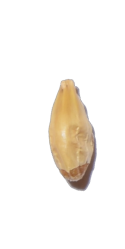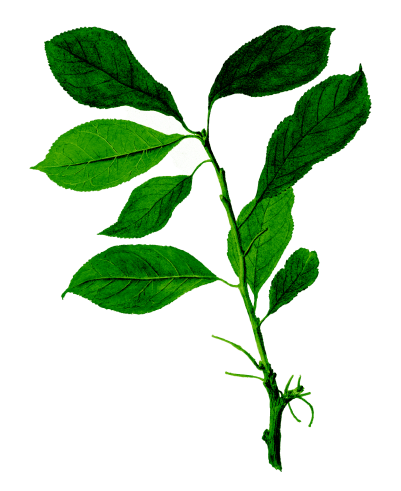
a
d
l
o
n
a
r
i
s
E
L
F
F
A
R
a








Rafflesia Arnolda
dead lotus


"Lotus Flower", "Corpse Lily", "Scavenger Flower", "Dead Lotus". A huge, amazing, rare flower that has no roots, no stem, no side shoots, no leaves. Just a big, very big, just a giant flower bud



















About the flower
Rafflesia Arnold belongs to the parasitic flowering plants of the Rafflesia family. The maximum recorded flower size is 106, 7 cm, and the weight reaches 8-10 kg


The flower consists of five fleshy petals covered with light warty spots that resemble decomposing flesh. Each petal is about 3 cm thick and about 46 cm long
Rafflesia is attached to the roots of other plants and has no roots of its own
Enjoying the fragrance of the amazing plant is unlikely, the opened bud has a far unpleasant odor. This explains why it's popularly called a dead lotus - it smells like... rotten meat!















Where grows
This exotic species grows in the jungle: mainly the islands of Sumatra, Java, Kalimantan, the Philippines and the Malacca Peninsula

southeast asia is the habitat of Rafflesia
It is most often found on trees whose part of the root system has protruded on the surface of the soil and on a liana of the cissus genus









What it eats
Rafflesia Arnold is a parasitic plant with no stems or leaves. This miracle is not at all capable of synthesizing organic matter on its own like other plants. It can only take up nutrients











The nutrients, which Rafflesia Arnoldi needs for full development, it gets by feeding on the sap of its "host" with the help of sucking roots
Therefore, the "host" on which the parasite will live for several years, choose very carefully and treat it with care, without causing much harm
Rafflesia in section









Pollination
As it blooms, the Rafflesia emits the smell of rotting meat, attracting not butterflies or bees, but forest flies, which it uses for pollination. They fly to it like bees to honey and get stuck in the inflorescence
The insects fly to the flower by smell and color, find themselves on a disk covered with small, flexible thorns, get tangled in them and try to get out



The insects fall through and end up in the annular groove, and from there the fine hairs guide them to the stamens. These, in turn, drop sticky pollen on the fly, after which the insects, trying to fly off, find themselves into the flowers, thereby fertilizing the ovules
Rafflesia flowers are oviparous. If the female flower is lucky enough to get pollen on it, it will produce an ovary

A berry-like fruit, filled with thousands of seeds, develops from it within seven months































The flower itself functions for 3-4 days, and after that it begins to decompose and transform into a black shapeless mass
The way the seeds are spread is not fully understood. Scientists assume that in addition to insects, seeds are spread by large and small animals, to whose limbs the crushed fruit sticks


Anastasia Simchenko
WEBSITE DESIGN AND DEVELOPMENT
The longgrid is designed as part of a course on creative layout
All materials belong to the owners




